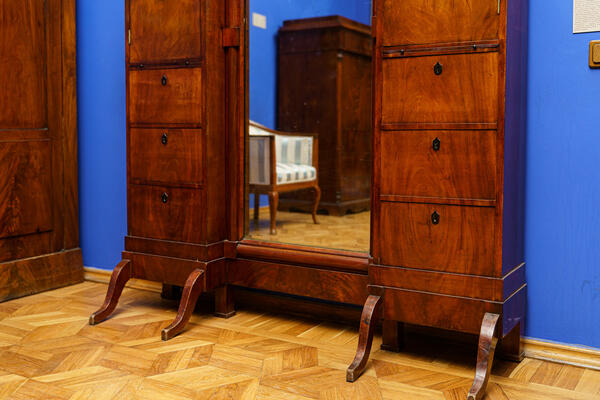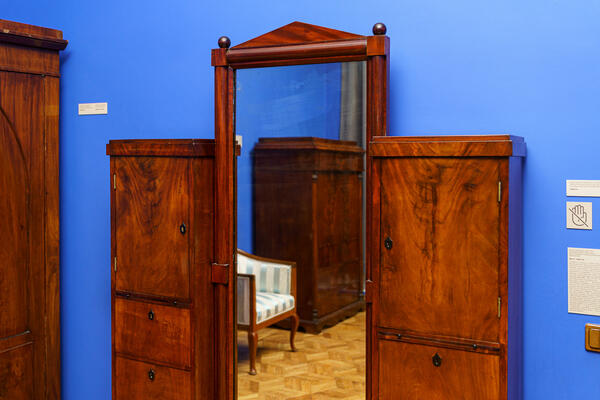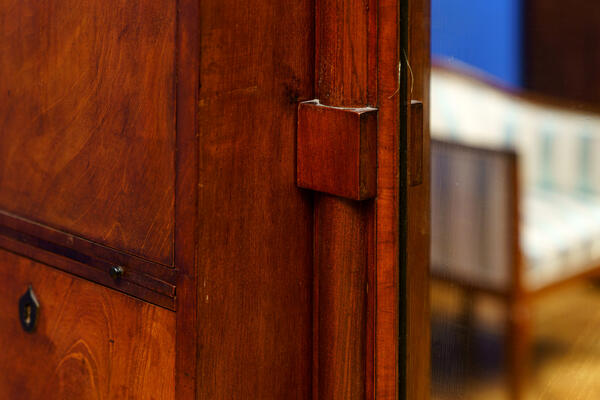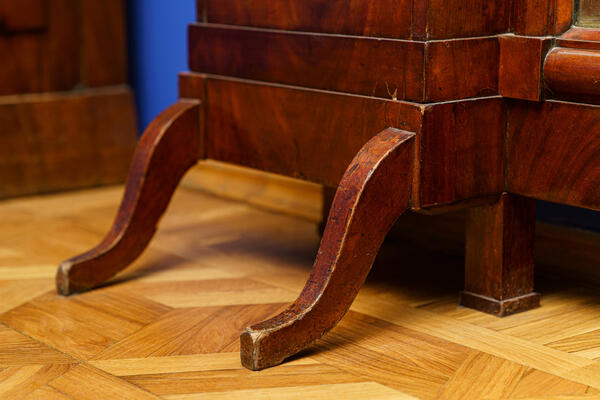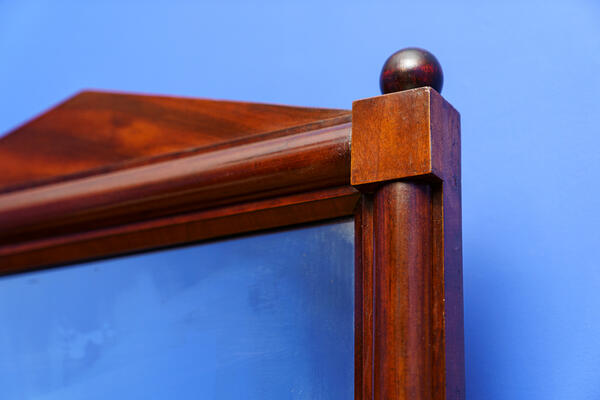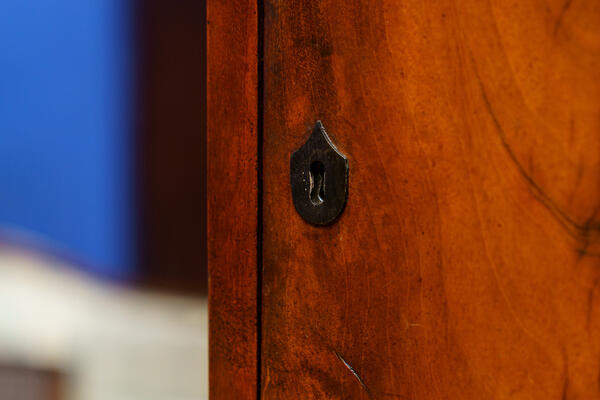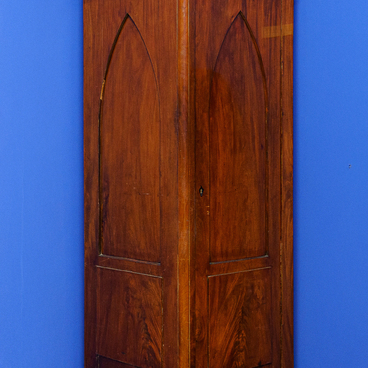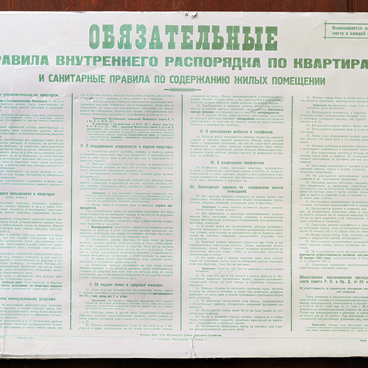The second part of the phrase implied Stalin.
Bulgakov, as a former doctor, understood well what his diagnosis of nephrosclerosis meant. His father died of this disease in 1907. He was almost the same age as the writer.
Bulgakov spent his last days at home, he refused to go to the hospital. Along with Elena, the writer’s friends, Sergei Yermolinsky and Marika Chimishkya sat at the bedside of the dying man. Elena promised her dying husband that she would get his novel “The Master and Margarita” published.
Mikhail Bulgakov died on March 10, 1940. That year, a commission on Bulgakov’s literary legacy was established by the Writers’ Union of the USSR. It was headed by the poet Konstantin Mikhailovich Simonov. However, it was still impossible to publish the novel.
“… at the moment the novel is unacceptable. It will take 50 to 100 years,” Mikhail Bulgakov’s friend, literary critic and philosopher Pavel Sergeyevich Popov wrote to Elena Bulgakova in 1940.
Only a quarter of a century later, Elena Bulgakova
and Konstantin Simonov managed to get the novel published. The text of “The
Master and Margarita” was published in two issues of the Moscow magazine, in
late 1966 and early 1967, with entire segments of the text removed by censors.
The novel caused a great stir among readers.
It soon became clear that the “haunted flat” from “The Master and Margarita” was inspired by apartment No. 50 at 10 Bolshaya Sadovaya Street, where Bulgakov lived in the first half of the 1920s. From then on, fans of Mikhail Bulgakov began coming to the apartment and leaving inscriptions and drawings on the walls of the entrance. This tradition is still alive today.

